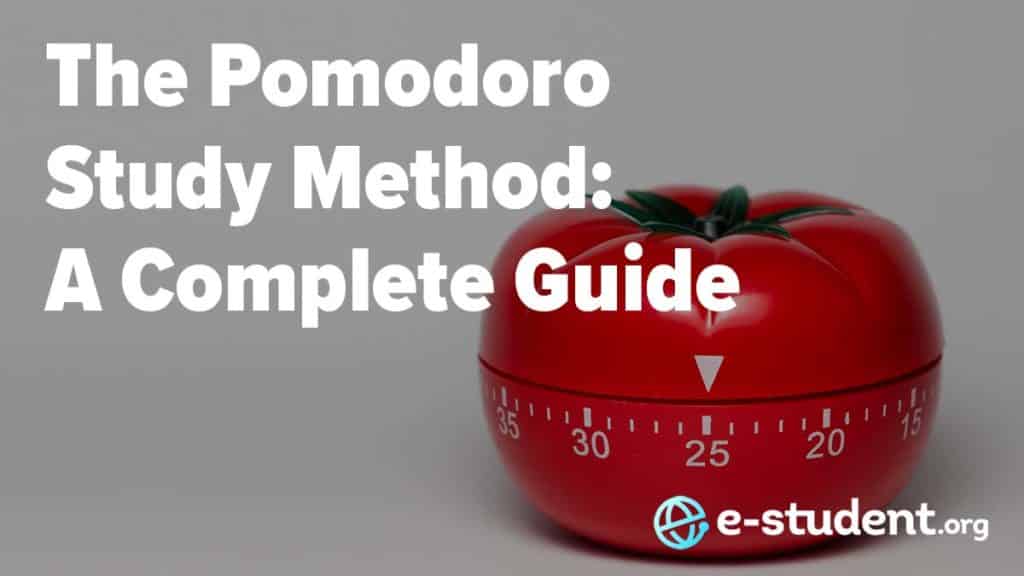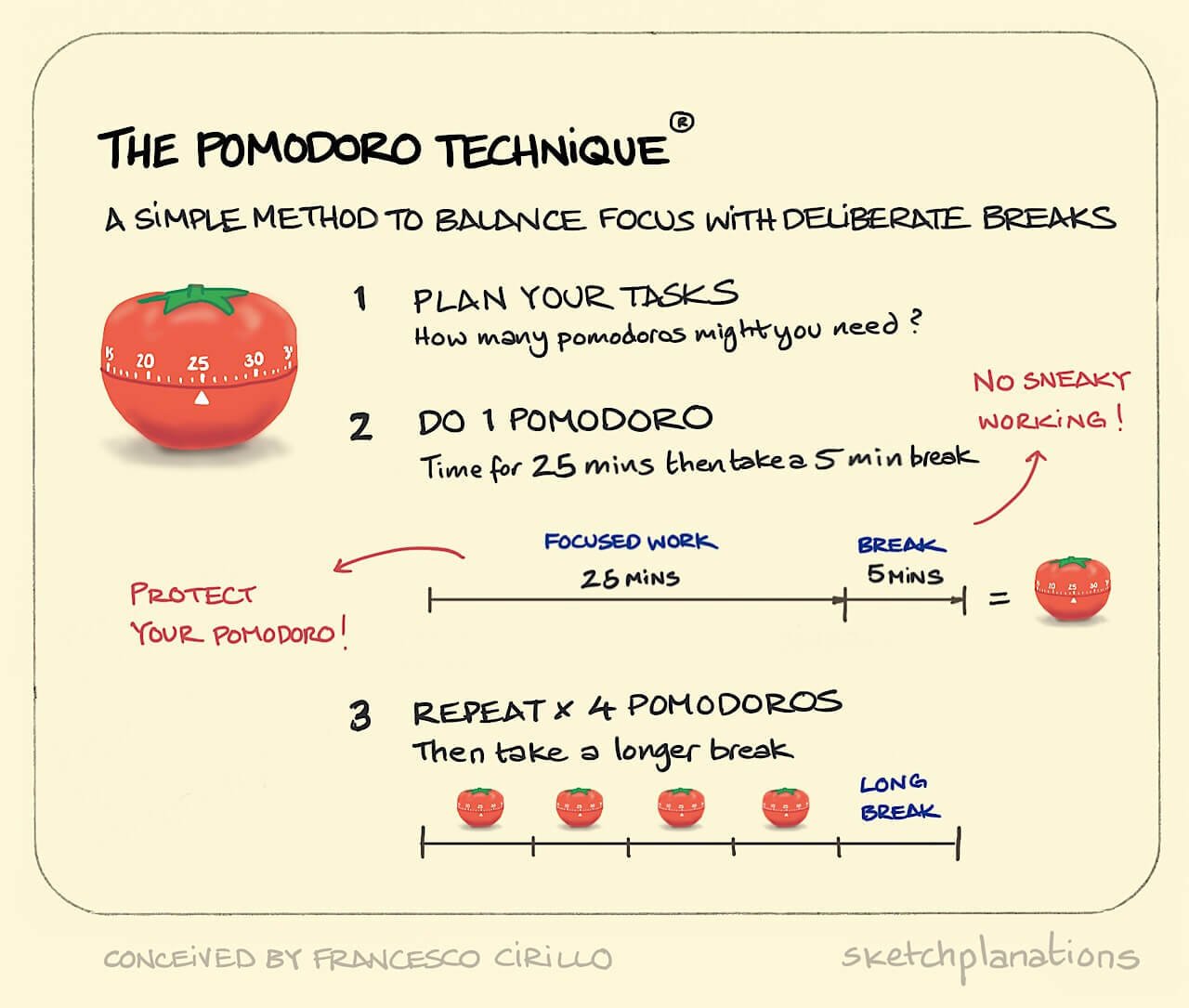

Step 4: After finishing the 4th study session, take a longer 15-20 minute break. Step 3: Repeat this cycle another 3 times. Step 2: When the 25 minutes are up, take a short 5-10 minute break. Step 1: Set a timer for 25 minutes, then settle down and start studying.

Here’s how your child can practise the Pomodoro Technique: The Pomodoro Technique in three (or four) easy steps As the word ‘pomodoro’ means ‘tomato’ in Italian, the humble vegetable therefore lent its name to the now-famous study aid. It’s said that by the time he perfected his technique, he was regularly using a tomato-shaped kitchen timer that had been lying around to help him track the time. A university student at the time, Cirillo was experimenting with new strategies to help him study better, trying out various duration lengths for studying to find the most optimal one. The Pomodoro Technique was created sometime in the late 1980s by an Italian named Francesco Cirillo. Among these publicised strategies, the Pomodoro Technique has become one of the most popular ones to date. There have been a multitude of study tips created and shared over the years, especially with the rise of social media and the internet.

To be fair, some people have no problems studying for hours at a time, but what about those who just can’t stand looking at another algebra equation after an hour? Sometimes it’s difficult to concentrate due to a number of things: lack of motivation, general tiredness, or a million and one distractions that could be occupying our minds.īesides those factors, part of the reason why studying is sometimes viewed as almost torturous is because we tend to think of it as long, agonising sessions in which we constantly read heavy textbooks, or rack our brains trying to solve one problem out of a hundred in an assessment worksheet. Everyone knows that studying isn’t always a breeze.


 0 kommentar(er)
0 kommentar(er)
